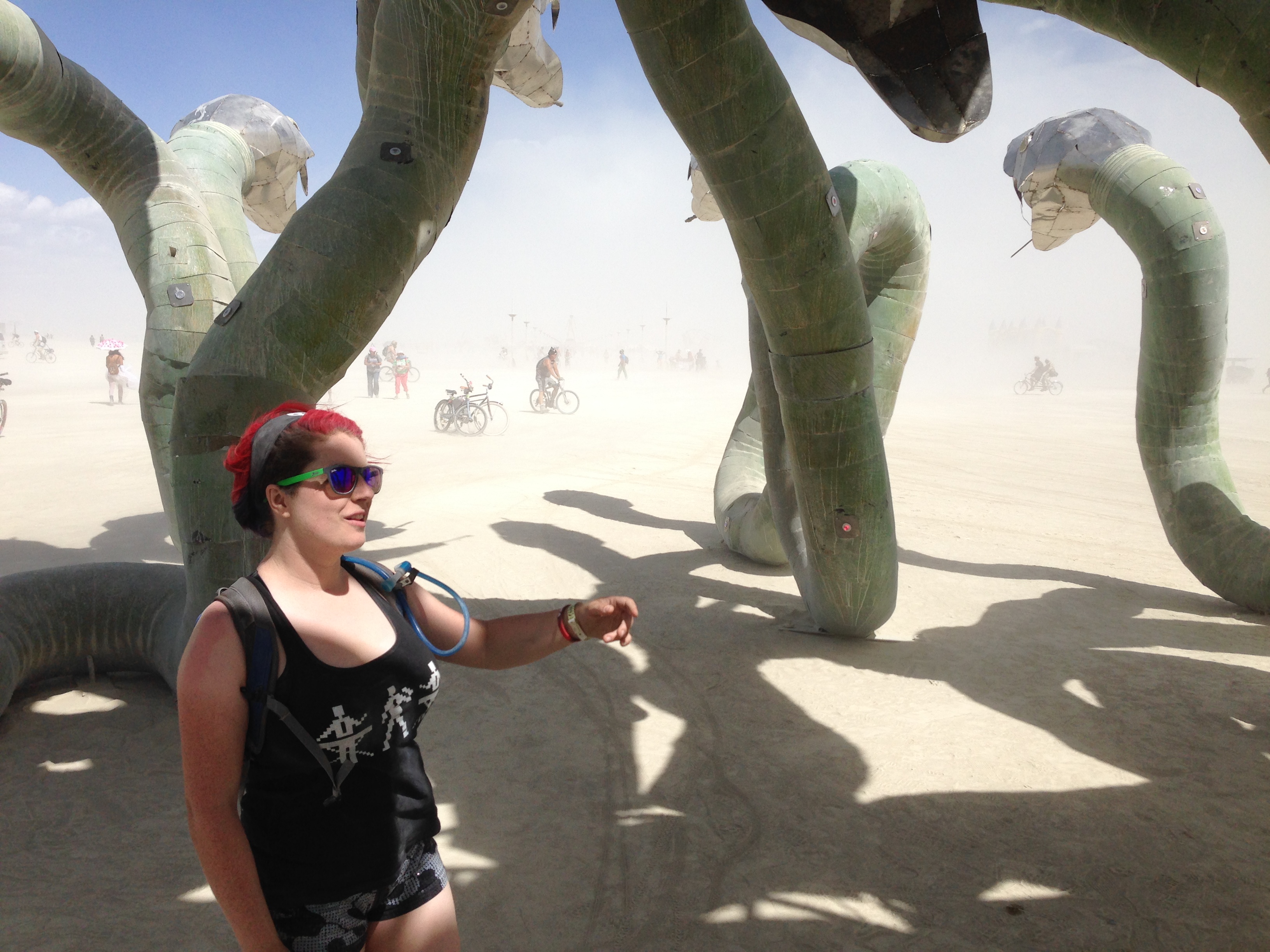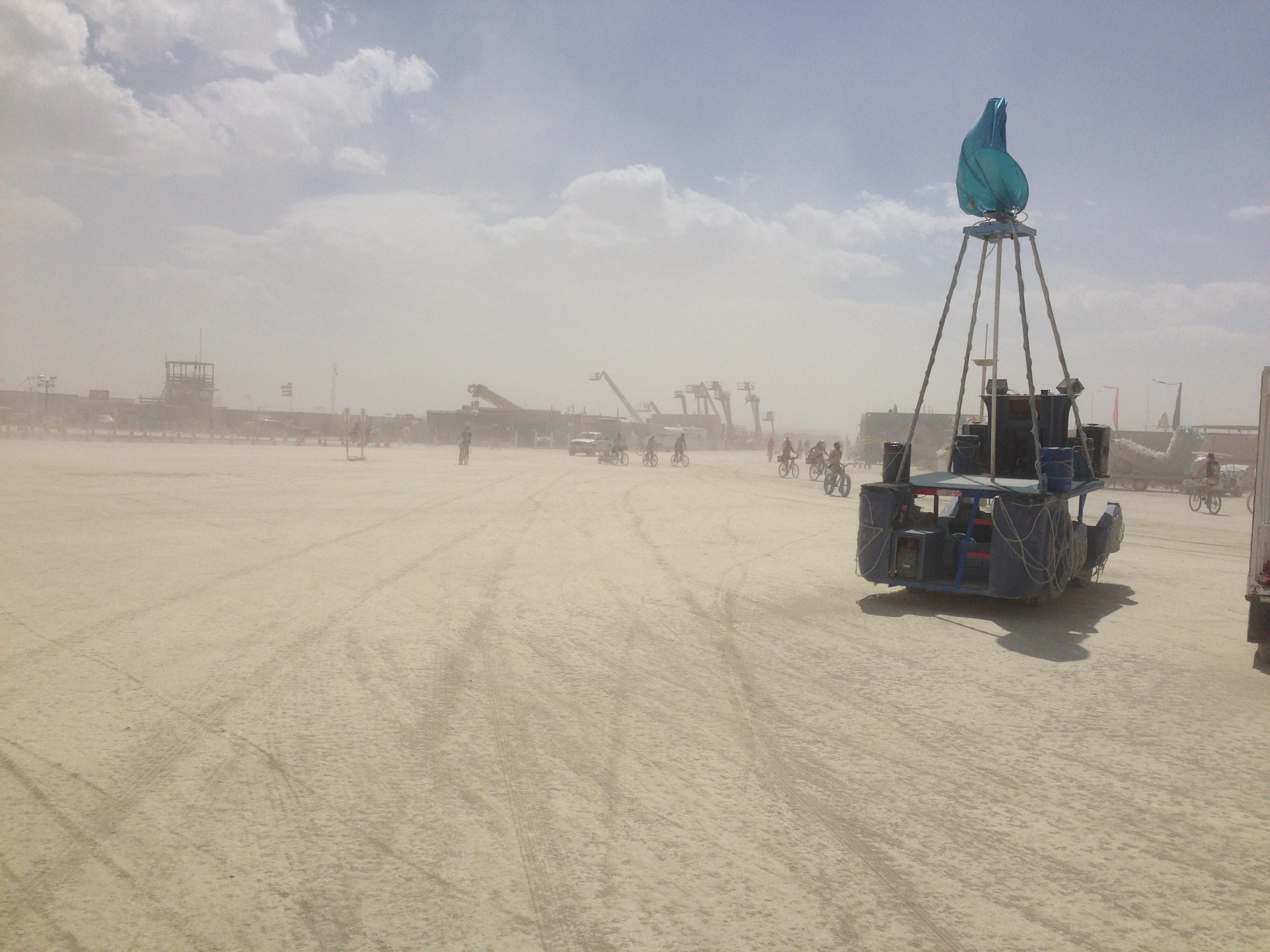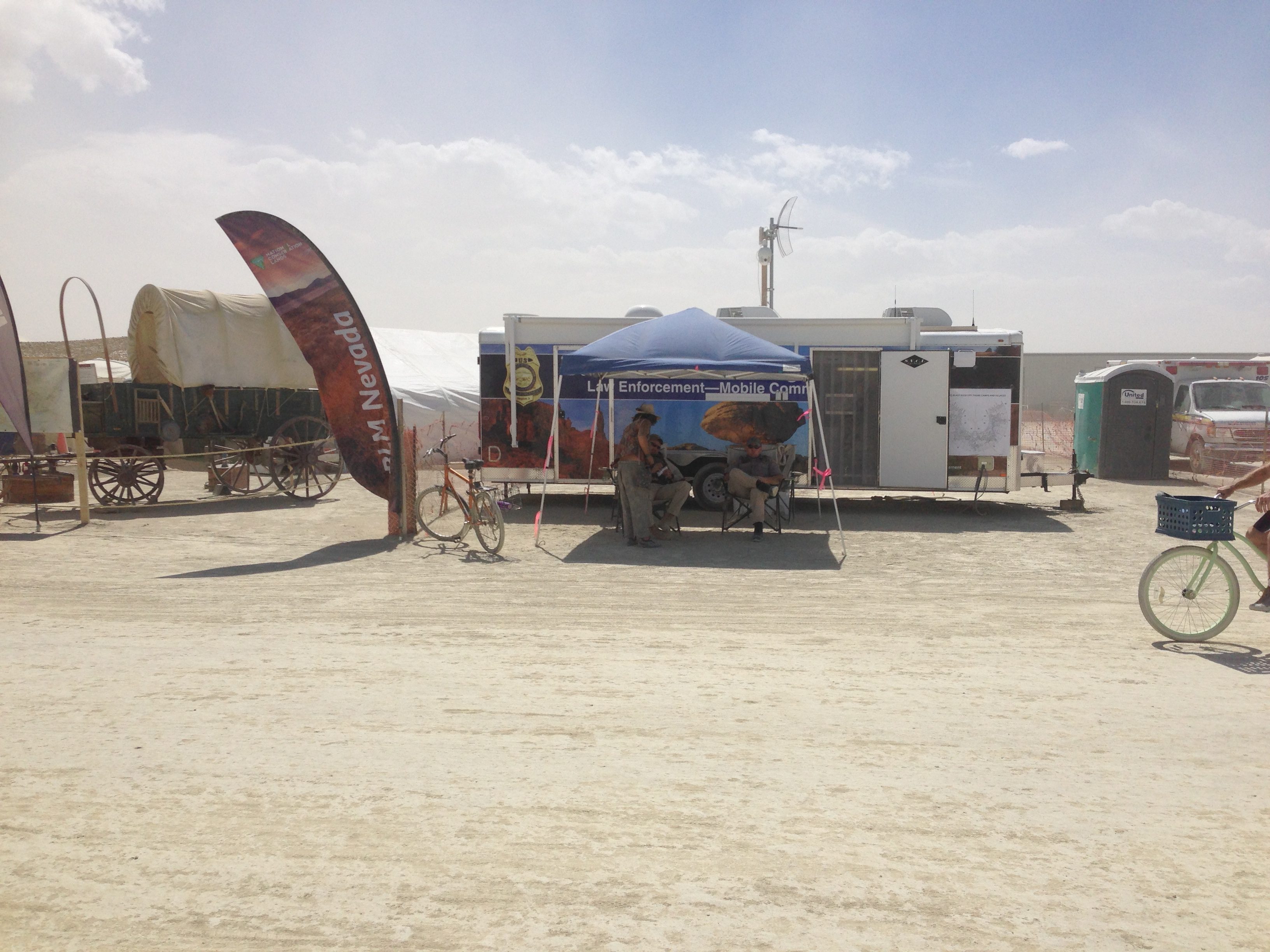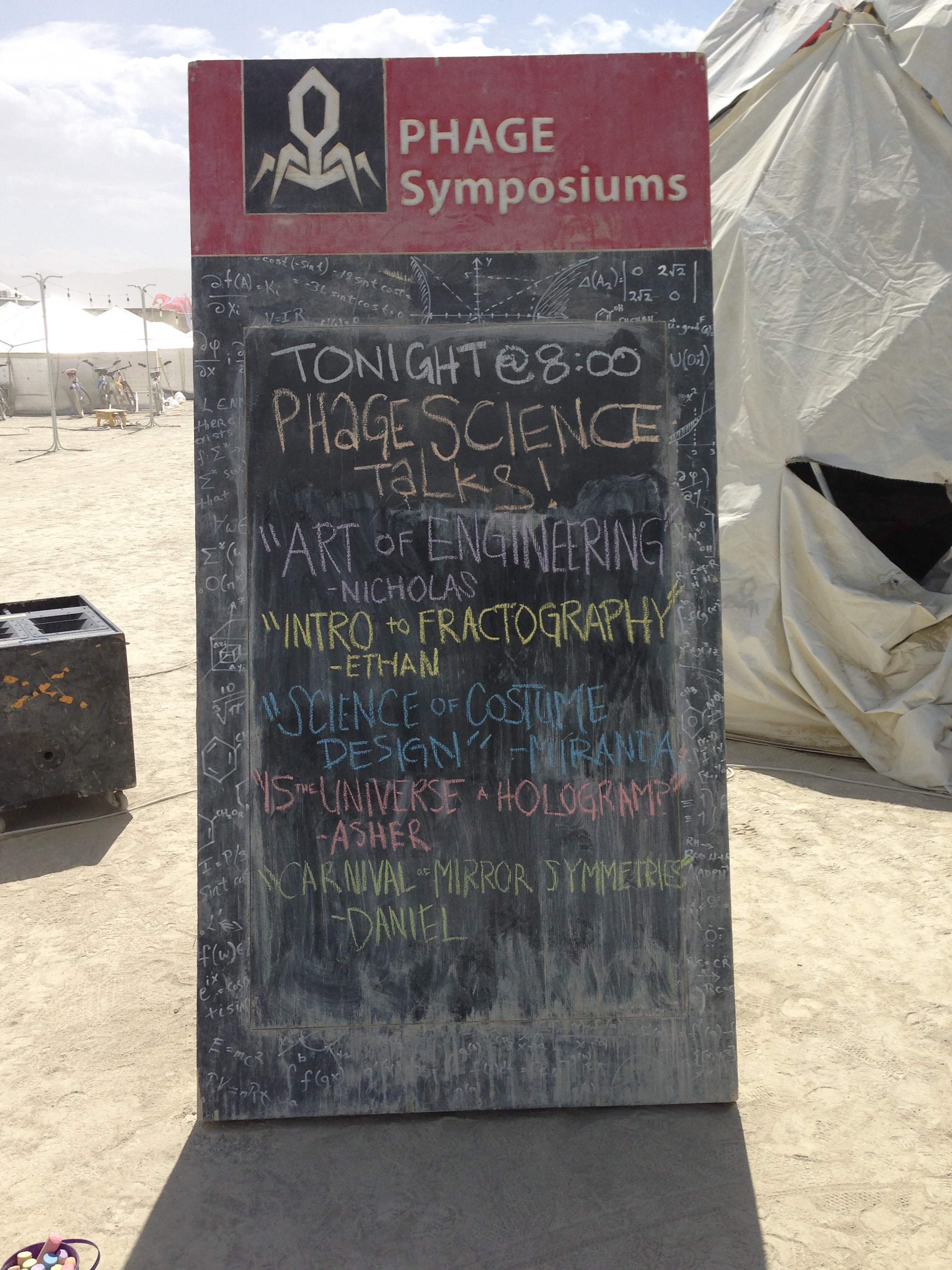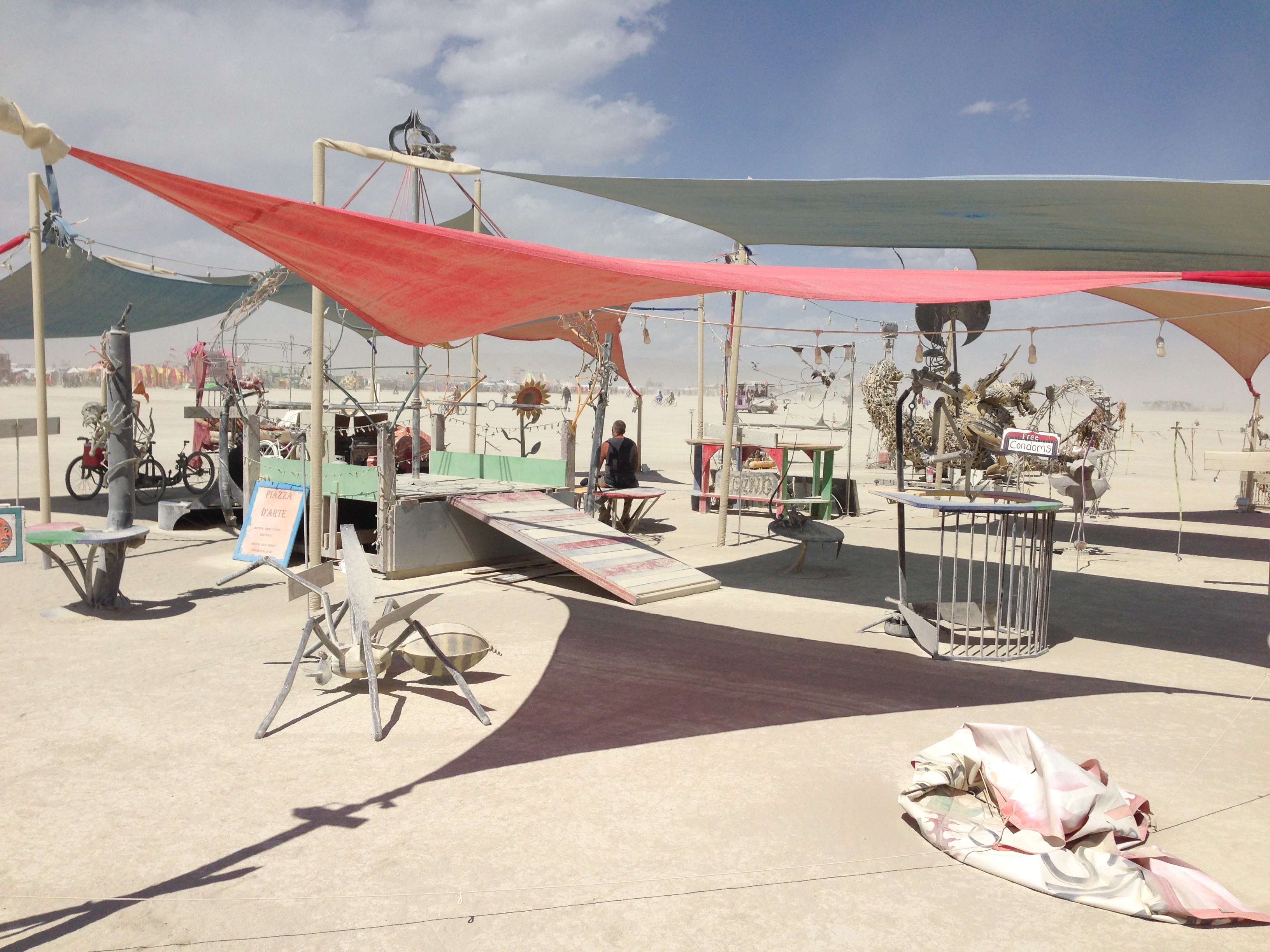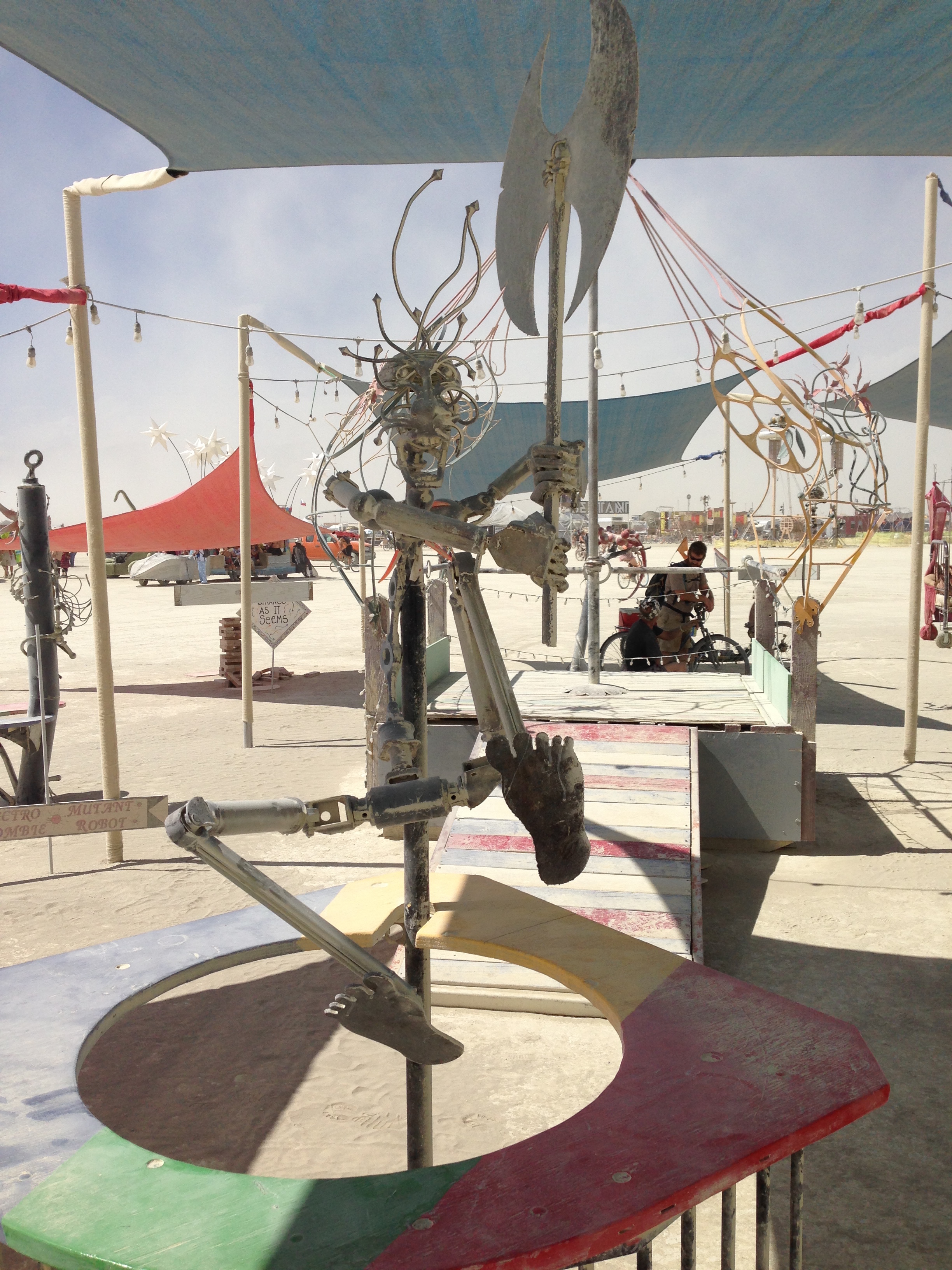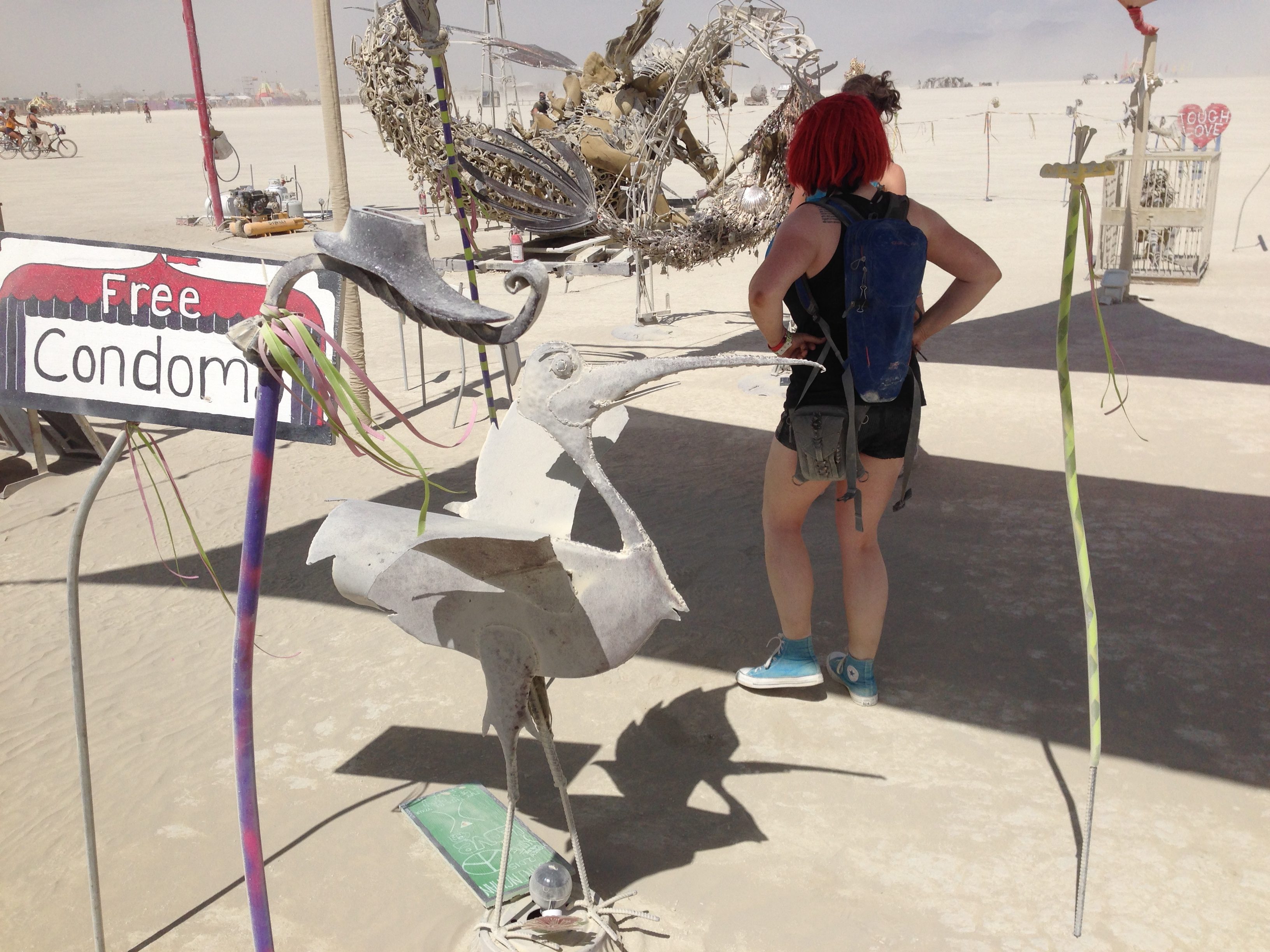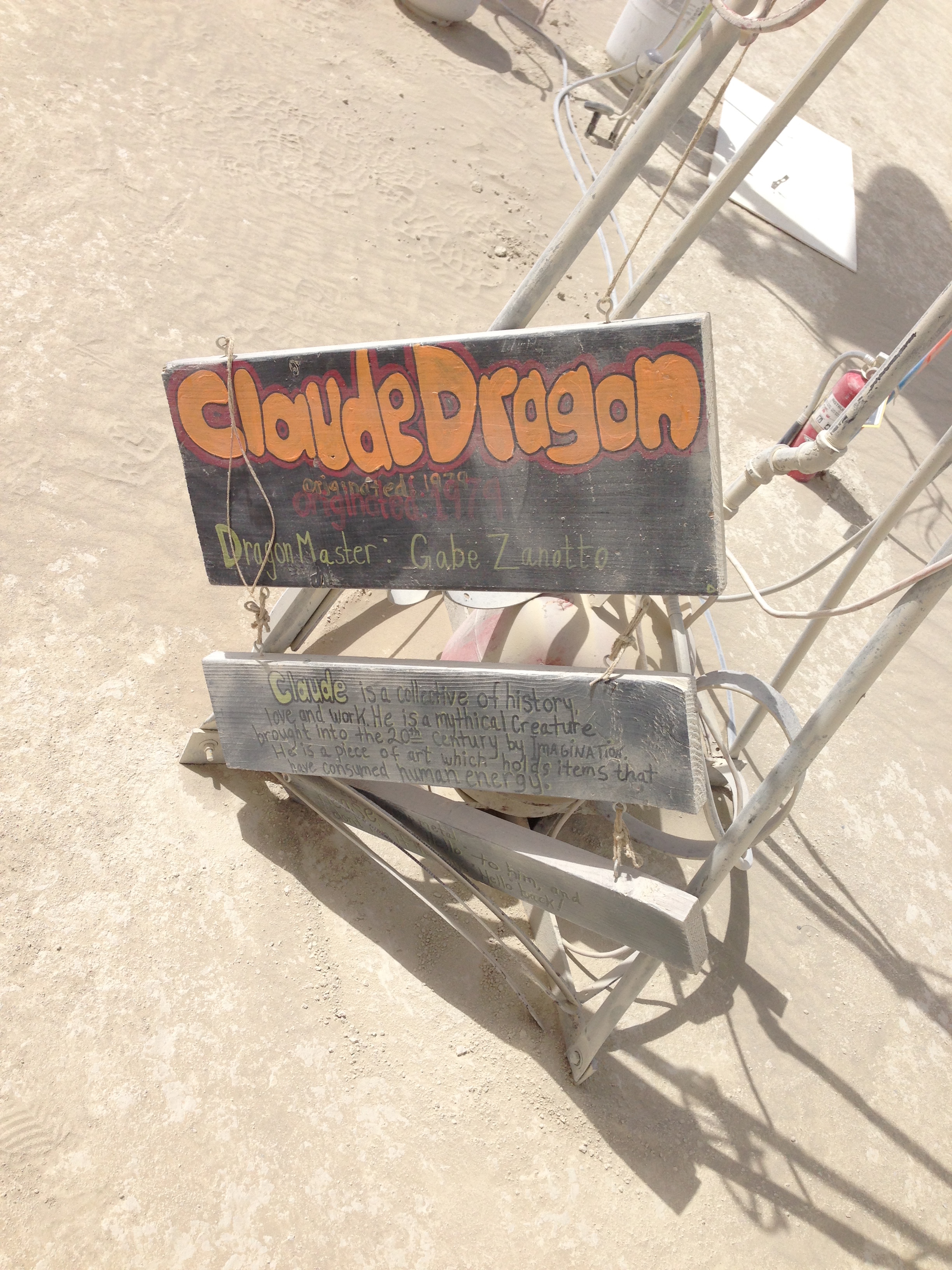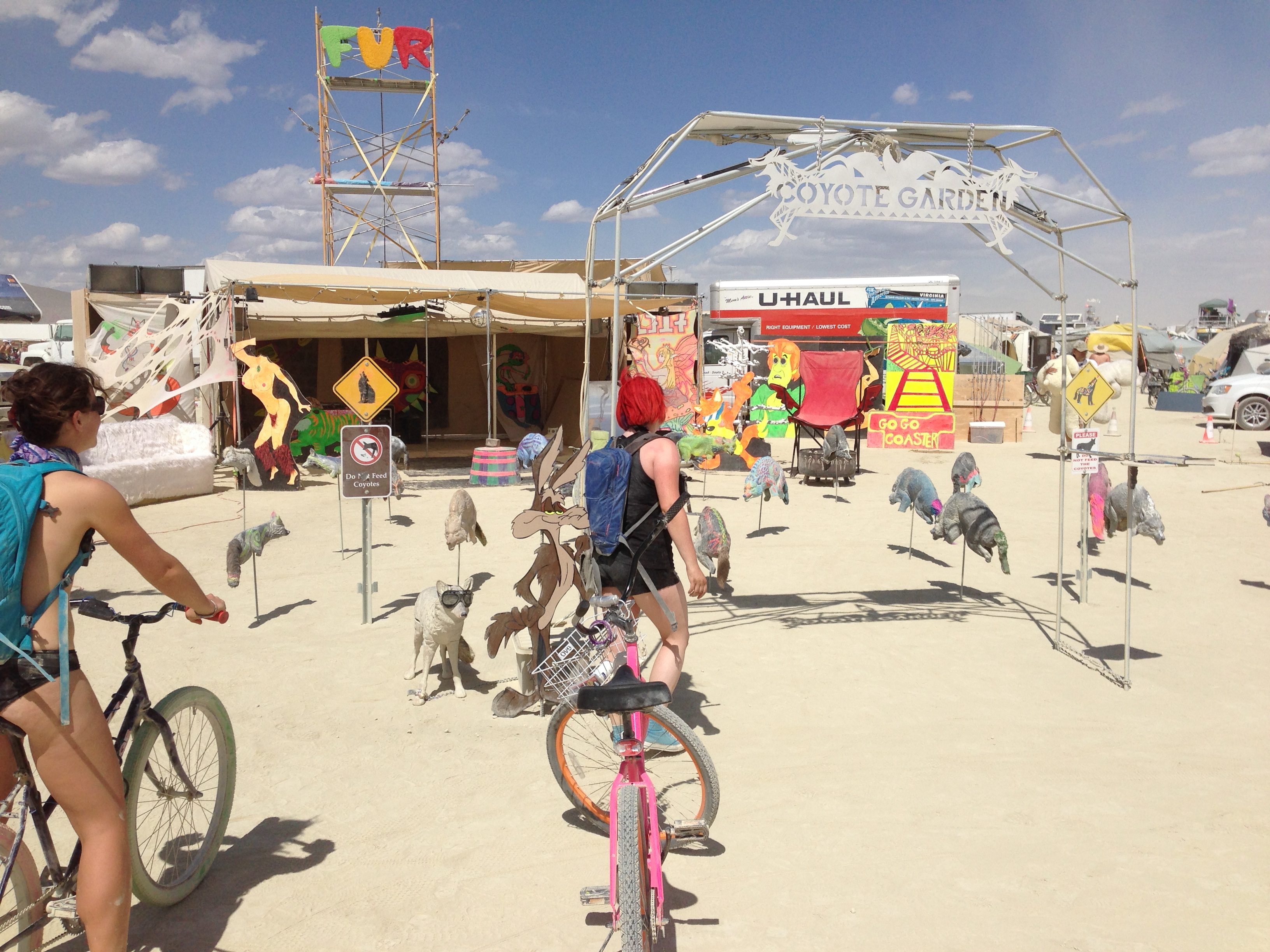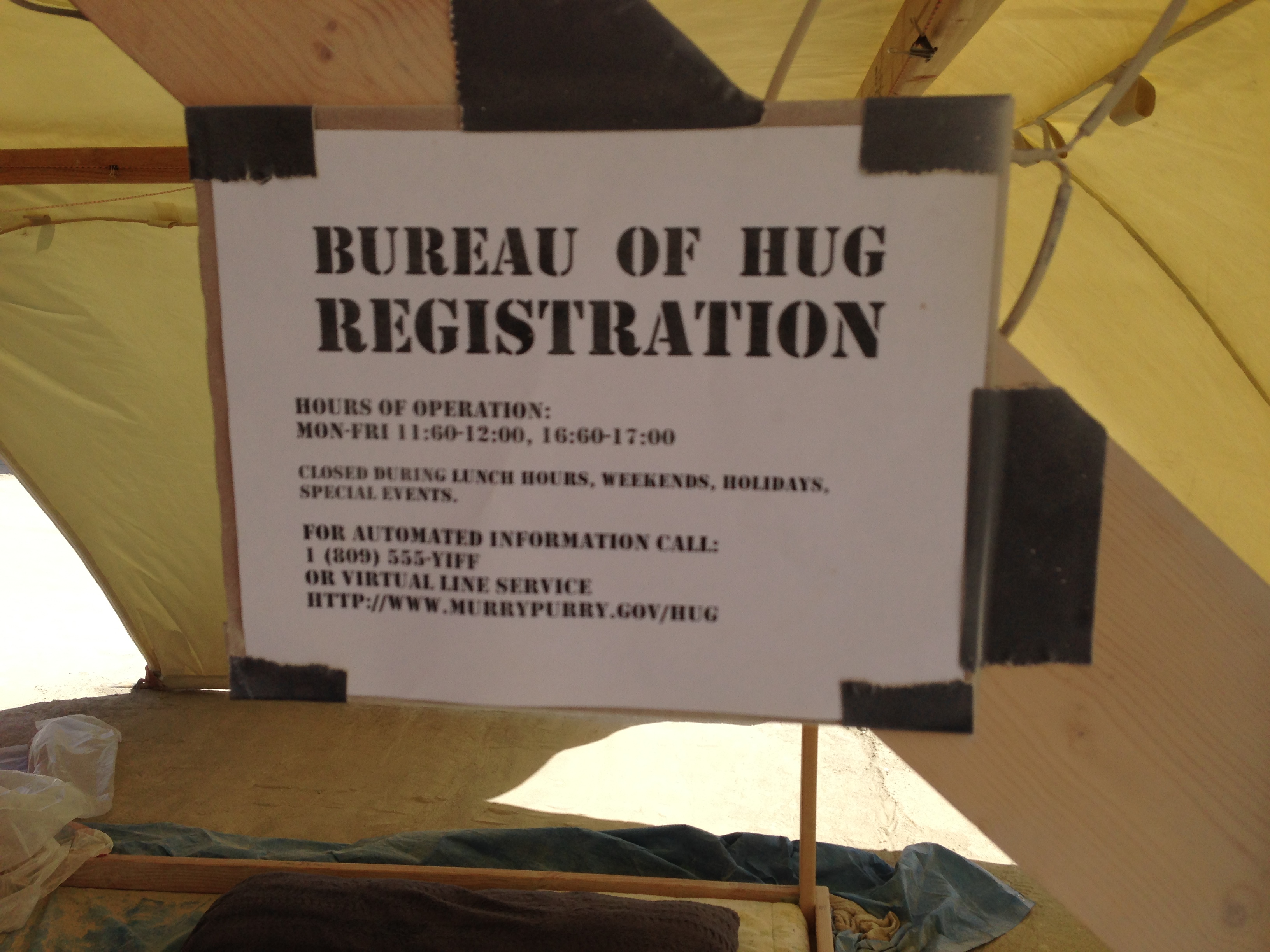Balancing factors. Persuading people.
Yesterday, I talked about three types of interview questions:
‘Behavioural’ questions ask ‘Describe a time when you encountered a problem like this’.
‘Situational’ questions ask ‘Given this situation, how would you solve it?’
‘Technical’ questions ask ‘Solve this defined problem for me.’
Today, I want to talk about the ‘Behavioural’ and ‘Situational’ questions.
First, how are these questions similar?
Both of these are asking you to describe a solution to a problem, a problem from a surprisingly narrow set of options.
Two (or more) factors that you need to balance[1].
Helping people work together when they disagree[2].
The two factors might be technical, like how you would balance ‘Reliability’ and ‘Performance’, or they might be human, like Legal disagreeing with Marketing. Already, you can see these options blurring together. Really, these questions are really asking about how you balance things and make decisions.
The follow-up is often ‘So, once you made this decision, how did you implement it? How did you convince people that this was the correct route?’
Balancing factors. Persuading people.
So, how are these questions different?
‘Behavioural’ questions ask ‘Describe a time when you encountered a problem like this’.
‘Situational’ questions ask ‘Given this situation, how would you solve it?’
‘Behavioural’ questions ask you to tell a story about something you’ve done. You want to look at all the things you’ve done (especially everything you put on your resume), and think about what kinds of problems each of them were. What factors were you balancing there? How did you persuade people to work together and solve the problem?
An interviewer may ask you this question from a number of different directions. It’s up to you to fit one of your stories into the narrative question they’ve created (or to rephrase it such that your story fits).
‘Situational’ questions ask you how you would solve a hypothetical situation. An interviewer would present a situation with multiple factors to balance, where people disagree, and you would need to mediate, make a decision, get buy-in for your decision.
In this case, it again can be calling on your experience, but be careful that you’re actually trying to solve the problem presented, not a different problem that you’ve encountered before[3].
Summing up:
‘Behavioural’ questions ask ‘Describe a time when you encountered a problem like this’.
‘Situational’ questions ask ‘Given this situation, how would you solve it?’
In both of these:
Balance factors.
Persuade people.
To answer:
‘Behavioural’, fit a story from your past into the question.
‘Situational’, put yourself into their story, and tell them how you would resolve it.
Next time, we’ll look at the more ‘technical’ side of interviews. Stay tuned!
[1]If you didn’t need to balance between two things, you would just choose one of them, and really, no decision is required.
[2]If people are in agreement, what decision is required?
[3]Or something from your childhood, natch.


